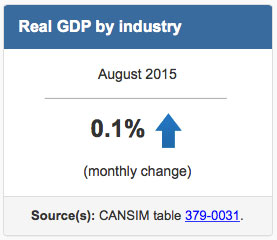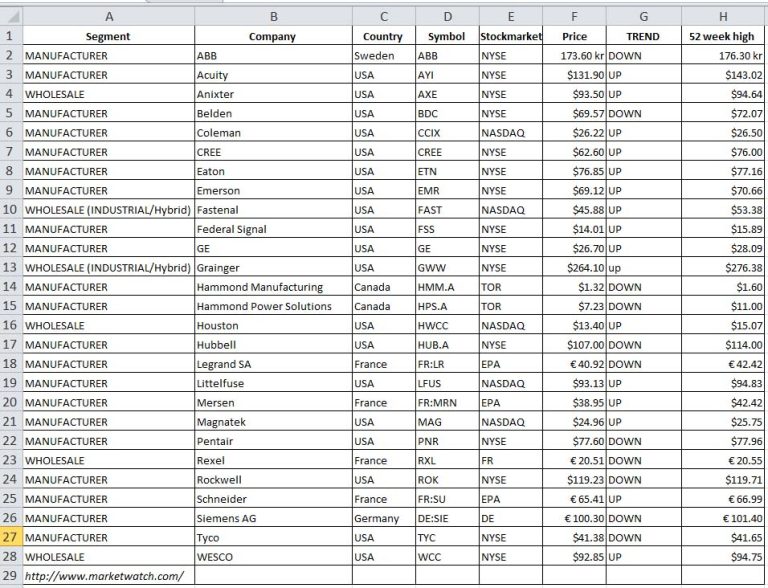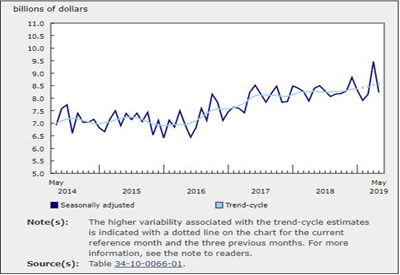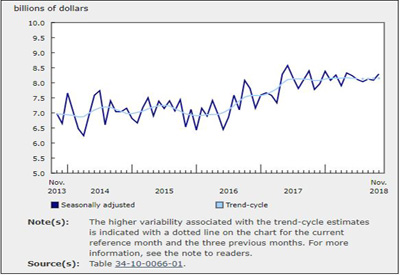Are You a Distributor or a Collector?

Never get emotionally attached to your inventory. It will not love you back. Recently, I had the opportunity to work with a client who has a significant dead stock challenge. Their challenge is to convert some of this non-productive asset into working capital. If this doesn’t happen, their financial partner will change the nature of the relationship. In other words, the bank threatened to pull their line of credit if things didn’t change. Hence, I got the phone call.
For most companies I work with, anything with zero sales in 12 months is considered dead stock. When we analyzed the inventory we found that out of about 60,000 items, with stock on hand, only about 10,000 of those items had a sale against them in the past 12 months. Now this may seem a little scary, but the plot thickens.
During our discussion we formulated a plan to identify the dead items and coordinate them for liquidation. Feeling that we had made significant progress, I asked if there was any miscellaneous inventory that was not recorded in the system. This is a fairly common occurrence in distribution warehouses; I usually expect to find 50 or 60 items stashed in the corner. The main purchasing director smiled and nodded. I asked if he could estimate how many SKUs he was talking about. He figured around 25,000 give or take. Needless to say, I was stunned. In consultant school, we are taught to maintain composure at anything a client might reveal. My poker face was blown.
How does an inventory get so far out of hand? What are the decisions that lead us to this kind of situation? Although this case may seem extreme, the decisions that lead to the problem are very common in distributors large and small.
Many wholesale distribution companies are sales dominated versus sales oriented. In a sales dominated company, sales makes the purchasing decisions. New products are added to the system in rapid succession. Statistically, 7 out of 10 new items we add to our inventory are dead stock fodder. They are dead on arrival. Manufacturers are rarely held accountable for the success of a new product.
In a sales dominated company, buy quantities are derived by the largest price break with no regard for carrying cost. Sales people speak in odd generalities. They tell us that if we bring some in our customers will buy some. Have you ever put “some” on a purchase order? Look out, here comes a truckload.
When a company is sales dominated, I often find a high degree of supplier redundancy. In the world I grew up in, we had the 31 flavours of safety glasses. Every customer wanted their special brand. Rather than selling the features and benefits of 1 or 2 quality brands, the sales team became a bunch of order takers.
You can’t sell out of an empty wagon. This is the sales dominated justification for every overstocked company I have encountered. I tend to find this mentality running rampant in branch locations. Distance from the headquarters seems to have a direct correlation to inventory bloat.
We have done it to ourselves. Most branch managers are compensated strictly on sales. If you were compensated on sales, why would you ever want to reduce your inventory? What is dead stock to this type of branch manager? It’s just a potential sale down the line. These types are your eternal optimists. Unfortunately, we give them the incentive to practice “just in case” inventory management.
In the case of my client and many family-held distribution companies, this problem had been handed down a couple of generations. Back in the early days of wholesale distribution, there was an incentive to carry larger local inventories. Logistics were not what they are today. You didn’t have overnight shipments. Companies with a breadth of product won out.
In previous generations, gross margins were generally higher than they are today. Margins have been squeezed over the years due to the abundance and ease of competitive sources. Many vertical markets had not reached maturity. Growth rates were measured in double digit percentages. Inventory values would generally appreciate. Who ever heard of products going down in price?
Many distributors in previous generations were fond of hunting out special deals. There was a special sense of pride when they picked up a deal. They picked up a lot of junk with the good stuff, but there was a warehouse to store it. When someone actually bought some of this miscellaneous inventory, it was like found money. The sport was in the buy while the sale was an afterthought.
I have encountered several distributors who are in desperate need of space for their turn and earn inventory. Most distributors carry 25-30% more inventory than they really need. Can you imagine how much shelf space we could free up by just determining what inventory the customers quit buying last year? Let’s just say that there would be fewer dollars invested in location expansion.
Today, we need to make financially based inventory decisions. We no longer have the luxury of emotional based buying. We work on thinner margins and must think in terms of return on investment for every single product. There are no more sacred cows. If a line is not supported by the customer base, it should be eliminated. Duplicate lines need to be examined for viability.
Many of you may get the impression that I am anti-sales. That couldn’t be further from the truth. Sales are the lifeblood of all wholesale distribution. I never want to lose sight of that. Sales dominated companies become emotionally tied to the products they buy. These are the collectors. On the contrary, sales oriented companies provide superior customer service through strategic inventory management. This is what it means to be a distributor. Good luck.
Jason Bader is the managing partner of The Distribution Team, a firm that specializes in helping distributors become more profitable through strategic planning and operating efficiencies. The first 20 years of his career were spent working as a distribution executive. Today, he is a regular speaker at industry events and spends much of his time coaching individual distribution companies. For more information, call (503) 282-2333 or contact him by e-mail at Jason@Distributionteam.com. Also visit The Distribution Team’s website at www.thedistributionteam.com.











